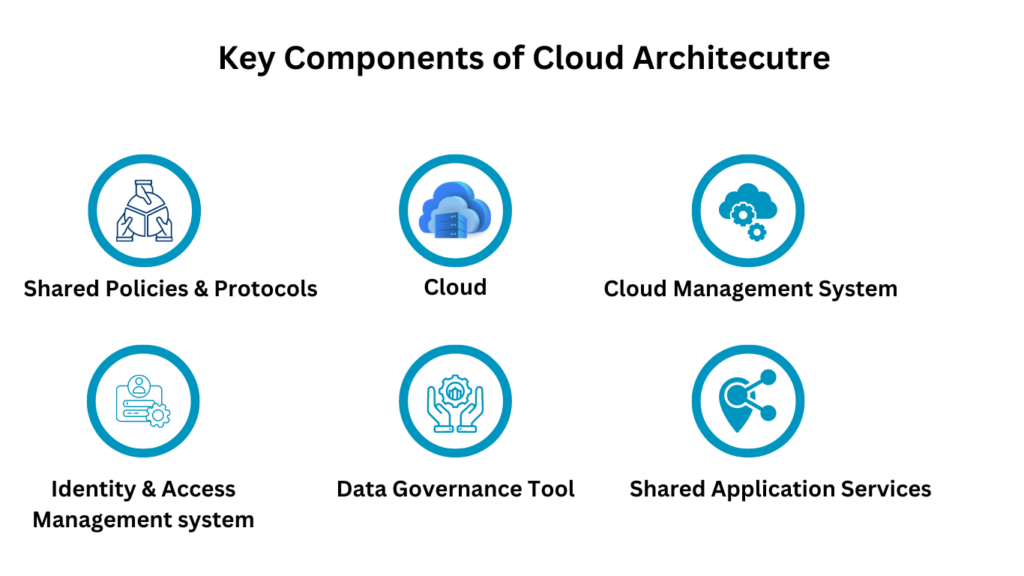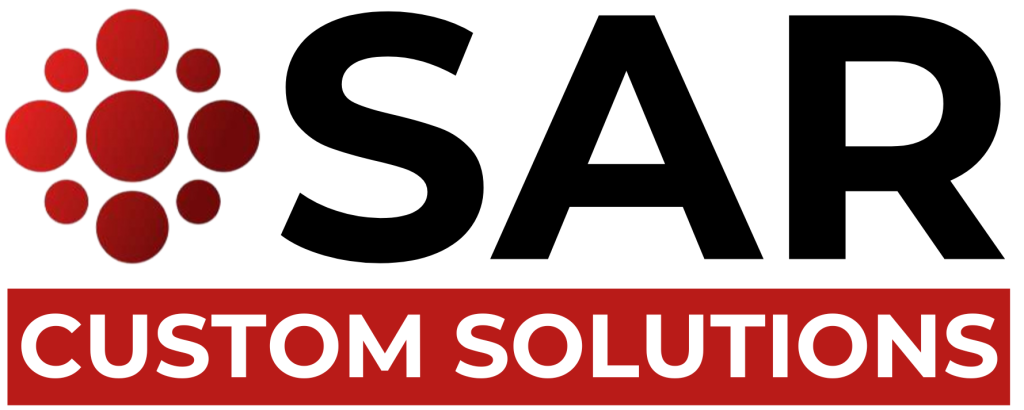Cloud Architecture & Deployment
Our Services > Page
Cloud Architecture and Deployment: A Comprehensive Guide
Introduction:
The fast evolution of generation has profoundly inspired numerous sectors, with cloud computing status out as a pivotal development. Cloud architecture and deployment are fundamental additives of this technological revolution, permitting corporations to leverage computing sources over the internet. This guide explores the essentials of cloud architecture and deployment, highlighting their significance, additives, and excellent practices.
Understanding Cloud Architecture
Cloud architecture refers to the components and subcomponents required for cloud computing. These components generally consist of a the front-stop platform (e.G., a consumer or tool used to have interaction with the cloud), a back-end platform (e.G., servers, storage), a cloud-based transport version, and a network (e.G., internet, intranet). Together, these factors create a sturdy framework that permits customers to get right of entry to and manage cloud offerings seamlessly.

Key Components of Cloud Architecture
Front-End Platform: This consists of the customer’s aspect of the software, which is on the market through internet browsers or cellular packages. The front-end platform interacts with the back-cease additives and helps consumer interaction with the cloud.
Back-End Platform: The again-stop incorporates servers, storage, and databases that assist cloud services. These additives cope with statistics processing, garage, and management, ensuring that person requests are effectively processed and introduced.
Cloud-Based Delivery Model: This involves the transport of computing services over the internet. The three number one transport models are Infrastructure as a Service (IaaS), Platform as a Service (PaaS), and Software as a Service (SaaS).
Network: The community connects the front-end and back-end structures, allowing conversation and information exchange. It ensures that the cloud services are handy from everywhere, furnished there is an internet connection.
Types of Cloud Deployment Models : Cloud deployment fashions define the specific surroundings in which a cloud platform is utilized. The most important deployment models encompass
Public Cloud: In a public cloud, services are added over the public net and shared across multiple corporations. This version is fee-powerful and scalable, making it suitable for corporations with varying demands.
Private Cloud: A personal cloud is dedicated to an unmarried enterprise, presenting more desirable security and management. It is ideal for companies with stringent regulatory requirements and the want for custom designed answers.
Hybrid Cloud: Combining public and personal clouds, the hybrid model lets in facts and packages to be shared among them. This approach gives flexibility and scalability even as keeping manipulate over essential operations.
Community Cloud: A network cloud is shared amongst multiple businesses with commonplace worries or desires. It is often utilized by industries with shared regulatory or compliance necessities, along with healthcare or financial offerings.
In the end, Cloud architecture and deployment are imperative to trendy commercial enterprise operations, presenting unheard of flexibility, scalability, and cost efficiency. By knowledge the additives of cloud architecture and deciding on the suitable deployment version, businesses can harness the whole ability of cloud computing. Adhering to exceptional practices guarantees that cloud deployments are stable, efficient, and aligned with organizational desires. As technology continues to evolve, embracing cloud answers could be crucial for staying competitive in the digital age.

